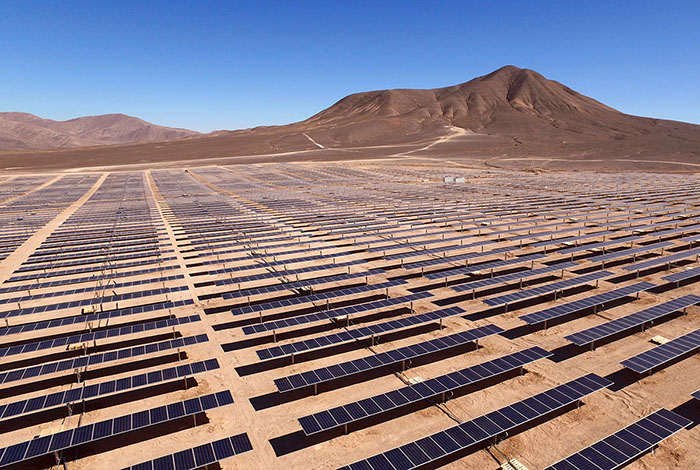#MoveTheDate
Generating 75% of electricity from low-carbon sources (up from 39% currently) would move Earth Overshoot Day by 26 days.
What is the solution?
Replacing coal and gas-fired power plants with low-carbon alternatives such as solar and wind power.
This solution improves our resource security in the energy category.
How does it #MoveTheDate?
Renewable energy sources produce substantially lower emissions than fossil-fuel power plants. As the proportion of clean energy increases, the carbon emitted via the construction of renewable installation decreases.
How is it scalable?
The proportion of low-carbon energy sources has increased steadily over the past 10 years. However, it has barely surpassed the proportion attained by the mid-1990s, which was primarily achieved using nuclear and hydroelectric power.
What is the solution?
Replacing coal and gas-fired power plants with low-carbon alternatives such as solar and wind power.
This solution improves our resource security in the energy category.
How does it #MoveTheDate?
Renewable energy sources produce substantially lower emissions than fossil-fuel power plants. As the proportion of clean energy increases, the carbon emitted via the construction of renewable installation decreases.
How is it scalable?
The proportion of low-carbon energy sources has increased steadily over the past 10 years. However, it has barely surpassed the proportion attained by the mid-1990s, which was primarily achieved using nuclear and hydroelectric power.
A recent report by REN21, the Paris-based global renewable energy coalition, documented that “the share of fossil fuels in final energy consumption has remained the same [since 2009], and global energy demand has expanded around 20%. Renewable energy meets just over 11% of global final energy demand – only a slight increase from around 9% a decade ago.”
This trend is concerning, given all the advances in renewable energies, including a massive drop in cost. Our World in Data provides a staggering analysis of how quickly and significantly renewable energies have become cost competitive. This also stands in contrast with Germany’s “Energiewende” (energy transition) weak results (Germany still has high energy prices plus a carbon-intense energy system).
There is still a real-world gap between where the energy system is now, and how quickly we can decarbonize it, given climate impacts. Some are optimistic about this possibility – believing that the market and technological innovation will inevitably turn the tide. Others are far more skeptical. But the bottom line is, we need this revolution if we want to avoid the worst of climate change.
There are also physical constraints to consider: the question of how much energy it takes to develop and implement a system, compared to how much energy it gives us back. Charles Hall called this ratio EROI – energy return on investment. It also matters when, similarly to a financial cash flow, we invest in the energy compared to when we get it back (with renewables, energy investments happen at the onset, and returns are over time, while in oil extraction energy expenditures occur over time). Many researchers have concluded that an EROI under 4 is no longer viable to support energy intensive societies. Fossil fuel extraction started at an EROI of 100 and may now be closer to 10. Some renewable systems, like ethanol, may have an EROI as low as 1, making them unfit to scale. Well-placed wind power ranges from EROI 5 to 20.
There’s no benefit in waiting!
Acting now puts you at a strategic advantage in a world increasingly defined by ecological overshoot. Countless solutions exist that #MoveTheDate. They’re creative, economically viable, and ready to deploy at scale. With them, we can make ourselves more resilient and #MoveTheDate of Earth Overshoot Day. If we move the date 6 days each year, humanity can be out of overshoot before 2050.

